Adaptation of Birds
Look at these beaks i am about to show you and notice how all the beaks are different. They are different because they have adaptated to there habitat.
Brown Creeper
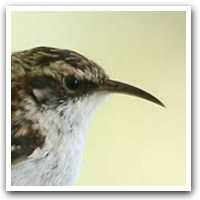
The brown creeper has a thin curved that is curved downwards that is used to dig under the bark of trees for insects and spiders
Eagle
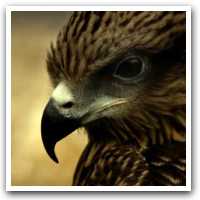
The eagle has a short, strong beak with a hook upper jaw for tearing flesh from its prey.
Curlew

A curlew has a long slender down-curved beak for getting worms in the ground.
Spoonbill
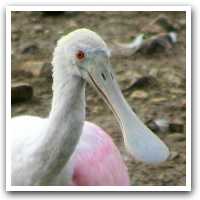
The spoonbill has a long flat bill with a tip like spoon. The spoonbill gets its food by swinging its beak back and forth in the water so he can maybe grab fish and have a drink.
Flamingo
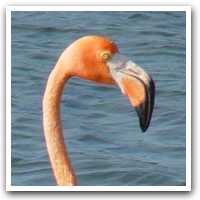
The flamingo has a short, down-curved beak for separating mud and silt from shellfish wihch it eats.
Skimmer
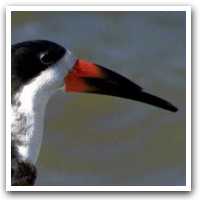
The skimmer has a large bill and the lower jaw is longer than the upper. The skimmer uses its lower jaw to scoop fish out of the water.
Woodpecker
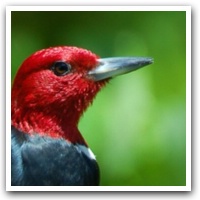
The woodpecker uses its beak like a drill to cut open trees and get the insects inside of them.
Heron
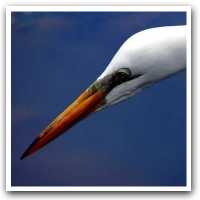
The heron has a long thickspear-like beak. The heron uses its beak as a swor to stab fish and frogs and after he puts them back into the water.
Hummingbird
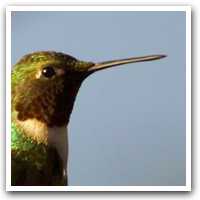
The hummingbird has a long thin bill. THe hummingbird uses its beak like a straw to sip the nector out of flowers
Pelican
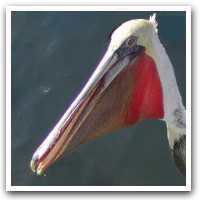
The pelican has a large bill so it can hold fish in it when the pelican catches them.
Duck
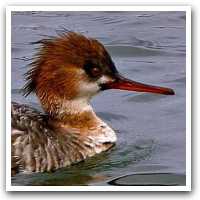
The duck has a flat sieve-bill for draining water and catching fish.
Cardinal
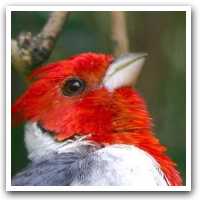
the cardinal has a short, stout conical beak used as a nutcracker to crank open nuts. the cardinal is my favorite bird out of all of these because of the baseball team St. Louis Cardinals.
